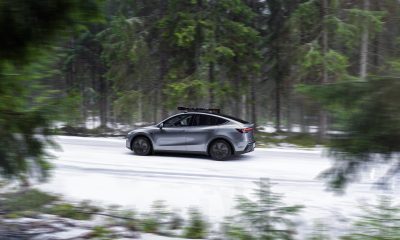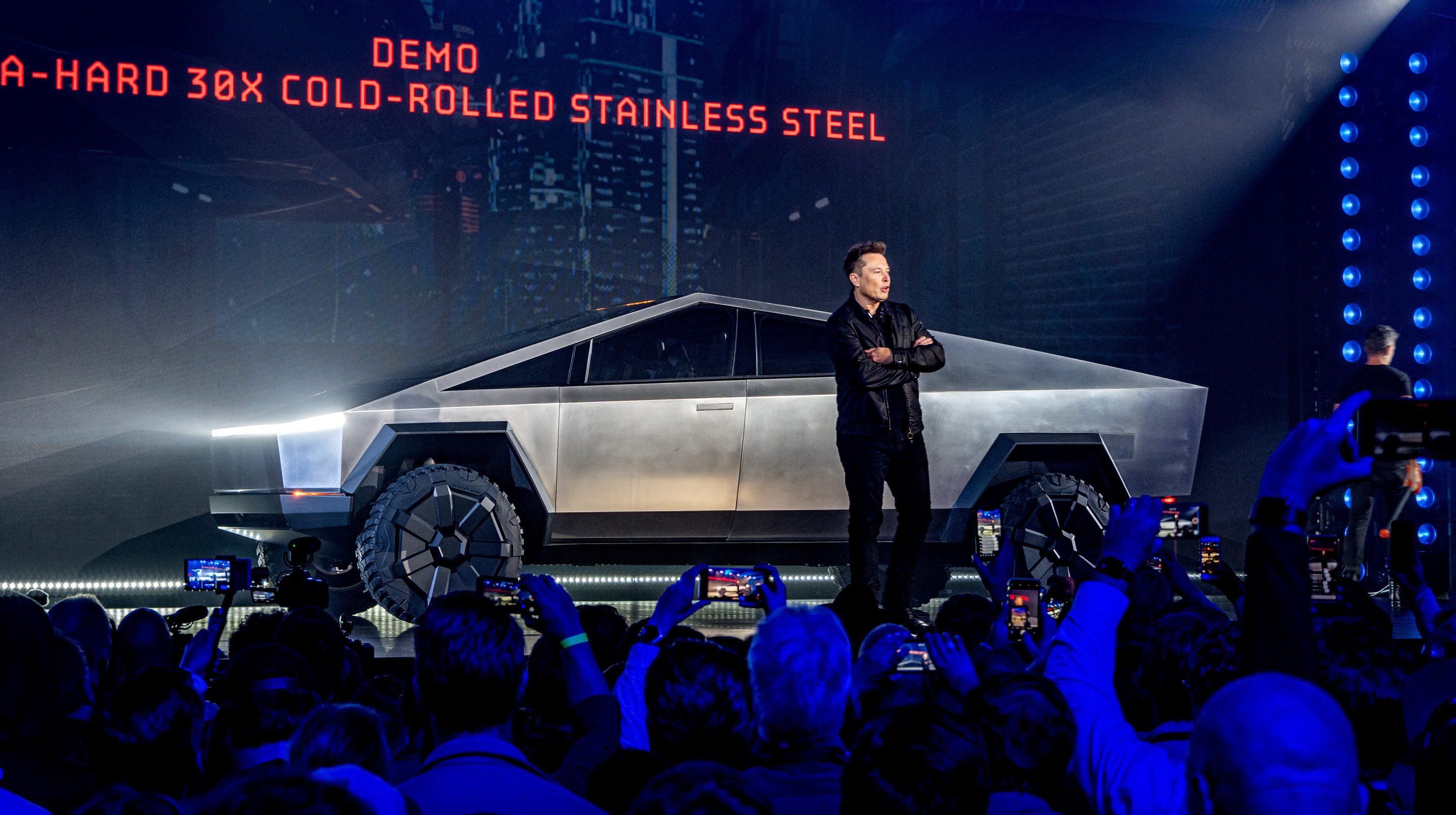

News
Why Tesla can’t ditch the Cybertruck for a traditional pickup design
The Tesla Cybertruck is so “Tesla,” it’s not even debatable. To me, at least. The truck is the true embodiment of everything the electric automaker had stood for during the last seventeen years when it was established in 2003. It breaks all the rules; it goes against the look and feel of “traditional” automotive manufacturing. It is a rebellious statement against the normal boundaries of what a truck is “supposed” to be. Making a traditional, typical, and standard pickup truck would break all of Tesla’s rules, and if the company ends up designing it, it would mean that the legacy automakers have won.
Earlier this week, CEO Elon Musk said that if the Cybertruck happens to tank in sales, Tesla will end up designing a more traditional pickup for the market to consider. Even though I openly said I don’t think that Tesla will have to worry about designing and manufacturing a Cybertruck alternative, the possibility still worries me.
I know what many of you are probably thinking. “Joey, that’s really extreme.” Or, maybe, “Joey, that’s ridiculous, Tesla is just doing what it can to stay competitive in a popular market in case the Cybertruck tanks.”
Sure, I can agree with the second one from an economic standpoint for the company, but I certainly don’t see my point of view as extreme.

Tesla’s Cybertruck, when it was unveiled, shocked the world. It made everyone question what the company was doing. I’ll admit, when I saw that beast roll out onto the stage in Hawthorne, California, I was skeptical. I think I said something along the lines of, “What the hell is that thing?”
But as the presentation went on, I found myself increasingly interested in what Tesla was doing. I realized it was meant to be ridiculous, different, and “polarizing,” as so many people like to call it. It made the entire automotive industry look at the company, and it has worked thus far because it is arguably the most talked-about vehicle in recent memory.
Let’s be honest: Tesla has always broken the rules. Skeptics said the Model S would fail. It didn’t. They said Tesla couldn’t attain a considerable or acceptable range for its EVs. The company did and has scrapped vehicle models that aren’t capable of “acceptable range” of over 250 miles. They said the company couldn’t make an affordable vehicle. The Model 3 and Model Y are both mass-market cars geared toward affordability. They said Tesla couldn’t turn a profit. It just did, for the fourth consecutive quarter.
Tesla has always done what people said wasn’t possible. The Cybertruck is just one of the latest examples.
When the Cybertruck was unveiled, people said, “Nobody will buy that.” “It’s ugly.” “Even if people buy it, it won’t perform well against petrol-powered pickups.”
It has a substantial amount of pre-orders. According to CybertruckOwnersClub’s reservation number decoder, it has over 750,000 pre-orders.
It may be ugly to some, but that’s an opinion and subjective. I find the truck unique and beautiful in its own way.
The Cybertruck won a Tug-of-War against an F-150.
There are those three theories debunked.
This is a preview from our weekly newsletter. Each week I go ‘Beyond the News’ and handcraft a special edition that includes my thoughts on the biggest stories, why it matters, and how it could impact the future.
A big thanks to our long-time supporters and new subscribers! Thank you.
But more significant than that, the Cybertruck is really an embodiment of Tesla’s mission as a whole. It has always been to prove the doubters wrong, to change the way people look at cars. Before Tesla, people saw their everyday drivers as a way to get from Point A to Point B. Some were faster than others, some were louder than others, and some had better stereos than others. The point is, when Tesla’s came out, their vehicles became more than a daily transportation outlet. They became entertainment machines, and they changed the way the world looked at a car.
The Cybertruck did the same thing. It changed the way people looked at trucks, even though nobody has one yet. It is a summarization of what Tesla has always meant and tried to convey to people. Change the way people look at something, and the possibilities become limitless. Before the Cybertruck, people thought that the “truck” had to have a cab, a bed, and look nearly the same as every other pickup on the market. But that’s the thing. Tesla has never used the rules or the “typical” idea for anything. That’s what makes Tesla, Tesla.
People knew battery-powered cars were possible, but nobody was good at it. The other car companies in the world were too focused on making their petrol engines more advanced at the time. After all, nobody was anxious about climate change at the time. At least, it wasn’t widely accepted by people until the mid-2000s from what I remember.
Tesla changed all of that. They proved electric cars didn’t have to be slow, or boring “like a golf cart,” as Elon Musk once said.
In my opinion, we won’t see a traditional Tesla truck. I don’t think the Cybertruck will tank in terms of sales, and I don’t believe that Tesla will be interested in being just another car company that makes a truck that looks like everyone else’s.
The Cybertruck goes against all the rules, and that’s more “Tesla” than anything.
Please consider Subscribing and joining me next week as I go ‘Beyond the News’
News
Tesla cleared in Canada EV rebate investigation
Tesla has been cleared in an investigation into the company’s staggering number of EV rebate claims in Canada in January.
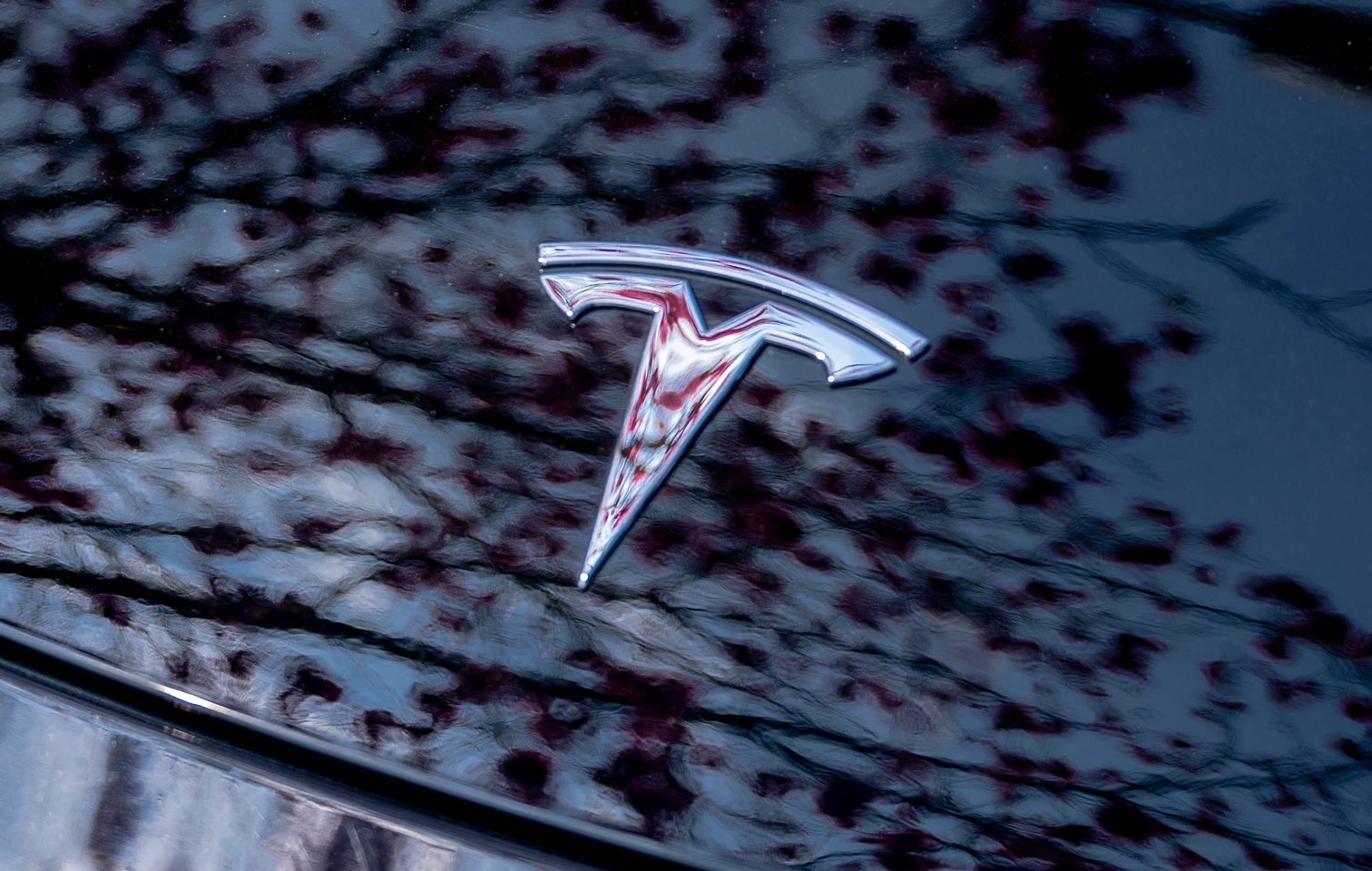
Canadian officials have cleared Tesla following an investigation into a large number of claims submitted to the country’s electric vehicle (EV) rebates earlier this year.
Transport Canada has ruled that there was no evidence of fraud after Tesla submitted 8,653 EV rebate claims for the country’s Incentives for Zero-Emission Vehicles (iZEV) program, as detailed in a report on Friday from The Globe and Mail. Despite the huge number of claims, Canadian authorities have found that the figure represented vehicles that had been delivered prior to the submission deadline for the program.
According to Transport Minister Chrystia Freeland, the claims “were determined to legitimately represent cars sold before January 12,” which was the final day for OEMs to submit these claims before the government suspended the program.
Upon initial reporting of the Tesla claims submitted in January, it was estimated that they were valued at around $43 million. In March, Freeland and Transport Canada opened the investigation into Tesla, noting that they would be freezing the rebate payments until the claims were found to be valid.
READ MORE ON ELECTRIC VEHICLES: EVs getting cleaner more quickly than expected in Europe: study
Huw Williams, Canadian Automobile Dealers Association Public Affairs Director, accepted the results of the investigation, while also questioning how Tesla knew to submit the claims that weekend, just before the program ran out.
“I think there’s a larger question as to how Tesla knew to run those through on that weekend,” Williams said. “It doesn’t appear to me that we have an investigation into any communication between Transport Canada and Tesla, between officials who may have shared information inappropriately.”
Tesla sales have been down in Canada for the first half of this year, amidst turmoil between the country and the Trump administration’s tariffs. Although Elon Musk has since stepped back from his role with the administration, a number of companies and officials in Canada were calling for a boycott of Tesla’s vehicles earlier this year, due in part to his association with Trump.
News
Tesla Semis to get 18 new Megachargers at this PepsiCo plant
PepsiCo is set to add more Tesla Semi Megachargers, this time at a facility in North Carolina.
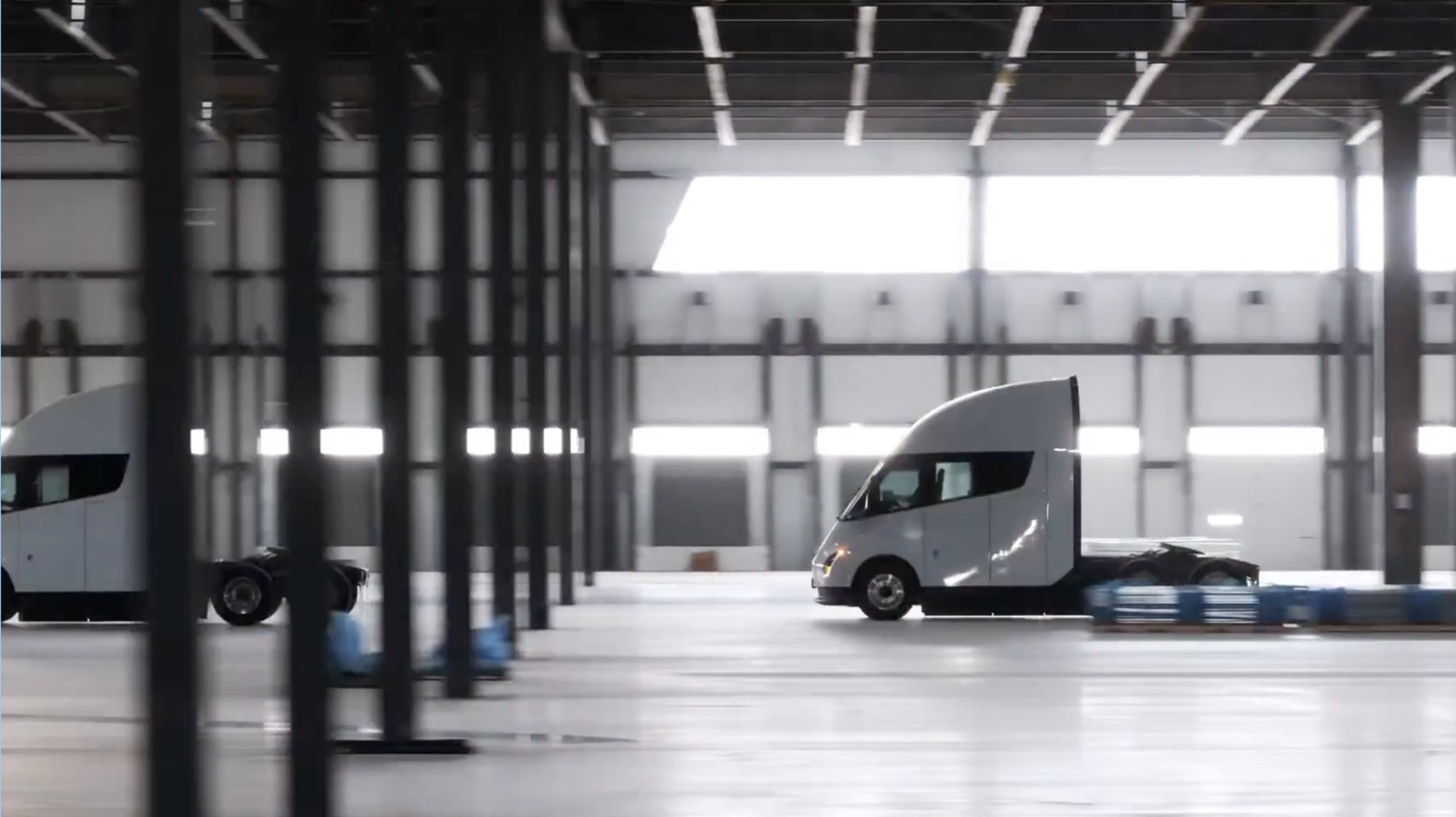
Tesla partner PepsiCo is set to build new Semi charging stations at one of its manufacturing sites, as revealed in new permitting plans shared this week.
On Friday, Tesla charging station scout MarcoRP shared plans on X for 18 Semi Megacharging stalls at PepsiCo’s facility in Charlotte, North Carolina, coming as the latest update plans for the company’s increasingly electrified fleet. The stalls are set to be built side by side, along with three Tesla Megapack grid-scale battery systems.
The plans also note the faster charging speeds for the chargers, which can charge the Class 8 Semi at speeds of up to 1MW. Tesla says that the speed can charge the Semi back to roughly 70 percent in around 30 minutes.
You can see the site plans for the PepsiCo North Carolina Megacharger below.
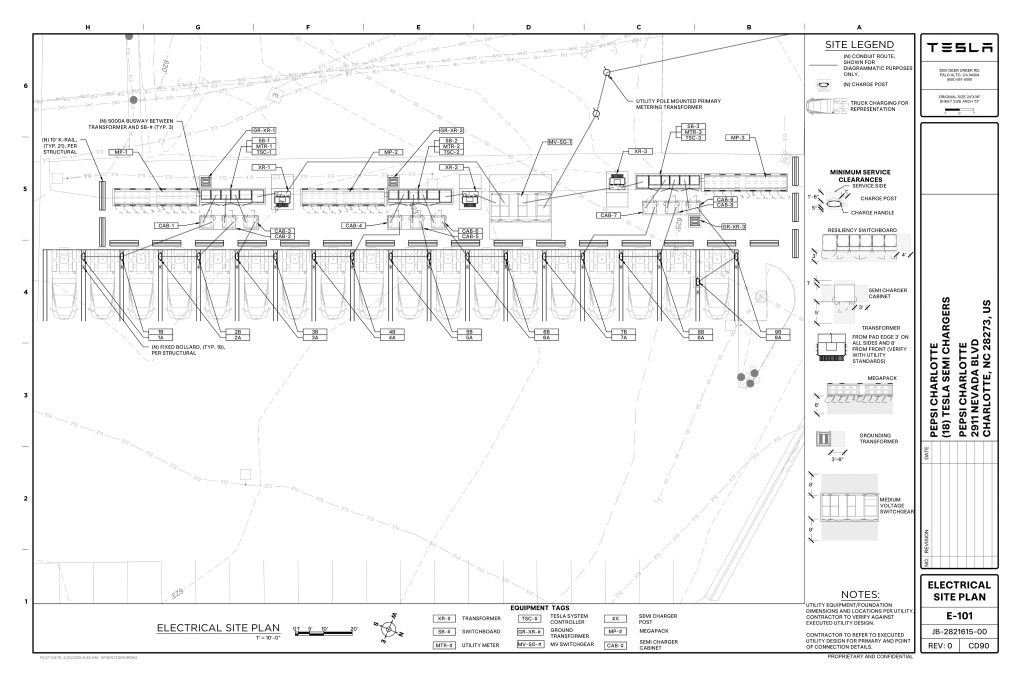
Credit: PepsiCo (via MarcoRPi1 on X)
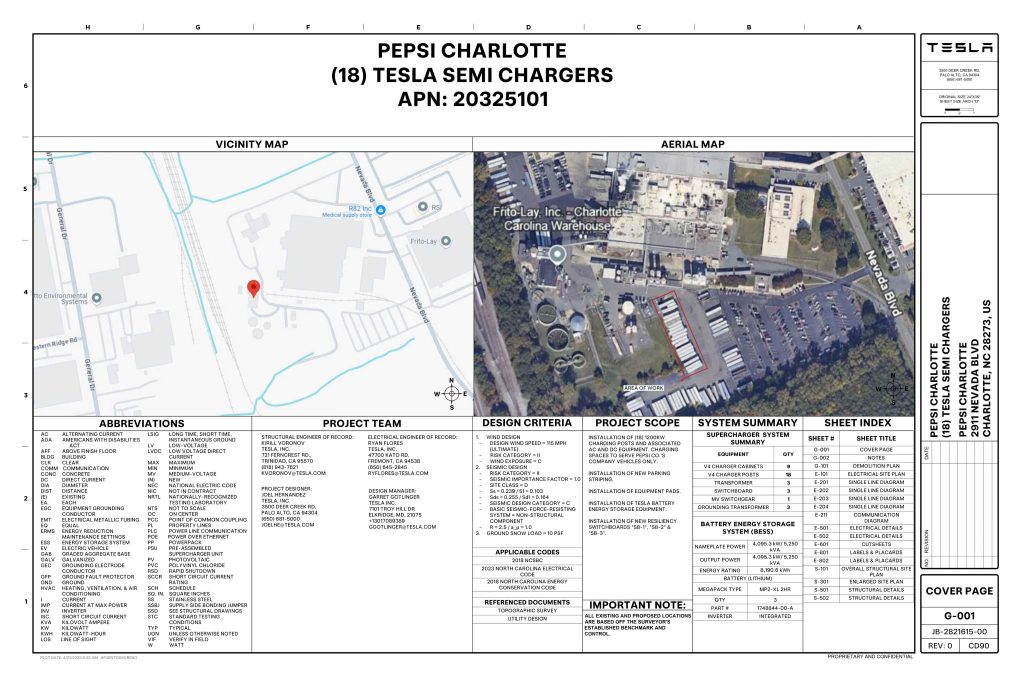
Credit: PepsiCo (via MarcoRPi1 on X)
READ MORE ON THE TESLA SEMI: Tesla to build Semi Megacharger station in Southern California
PepsiCo’s Tesla Semi fleet, other Megachargers, and initial tests and deliveries
PepsiCo was the first external customer to take delivery of Tesla’s Semis back in 2023, starting with just an initial order of 15. Since then, the company has continued to expand the fleet, recently taking delivery of an additional 50 units in California. The PepsiCo fleet was up to around 86 units as of last year, according to statements from Semi Senior Manager Dan Priestley.
Additionally, the company has similar Megachargers at its facilities in Modesto, Sacramento, and Fresno, California, and Tesla also submitted plans for approval to build 12 new Megacharging stalls in Los Angeles County.
Over the past couple of years, Tesla has also been delivering the electric Class 8 units to a number of other companies for pilot programs, and Priestley shared some results from PepsiCo’s initial Semi tests last year. Notably, the executive spoke with a handful of PepsiCo workers who said they really liked the Semi and wouldn’t plan on going back to diesel trucks.
The company is also nearing completion of a higher-volume Semi plant at its Gigafactory in Nevada, which is expected to eventually have an annual production capacity of 50,000 Semi units.
Tesla executive teases plan to further electrify supply chain
News
Tesla sales soar in Norway with new Model Y leading the charge
Tesla recorded a 54% year-over-year jump in new vehicle registrations in June.
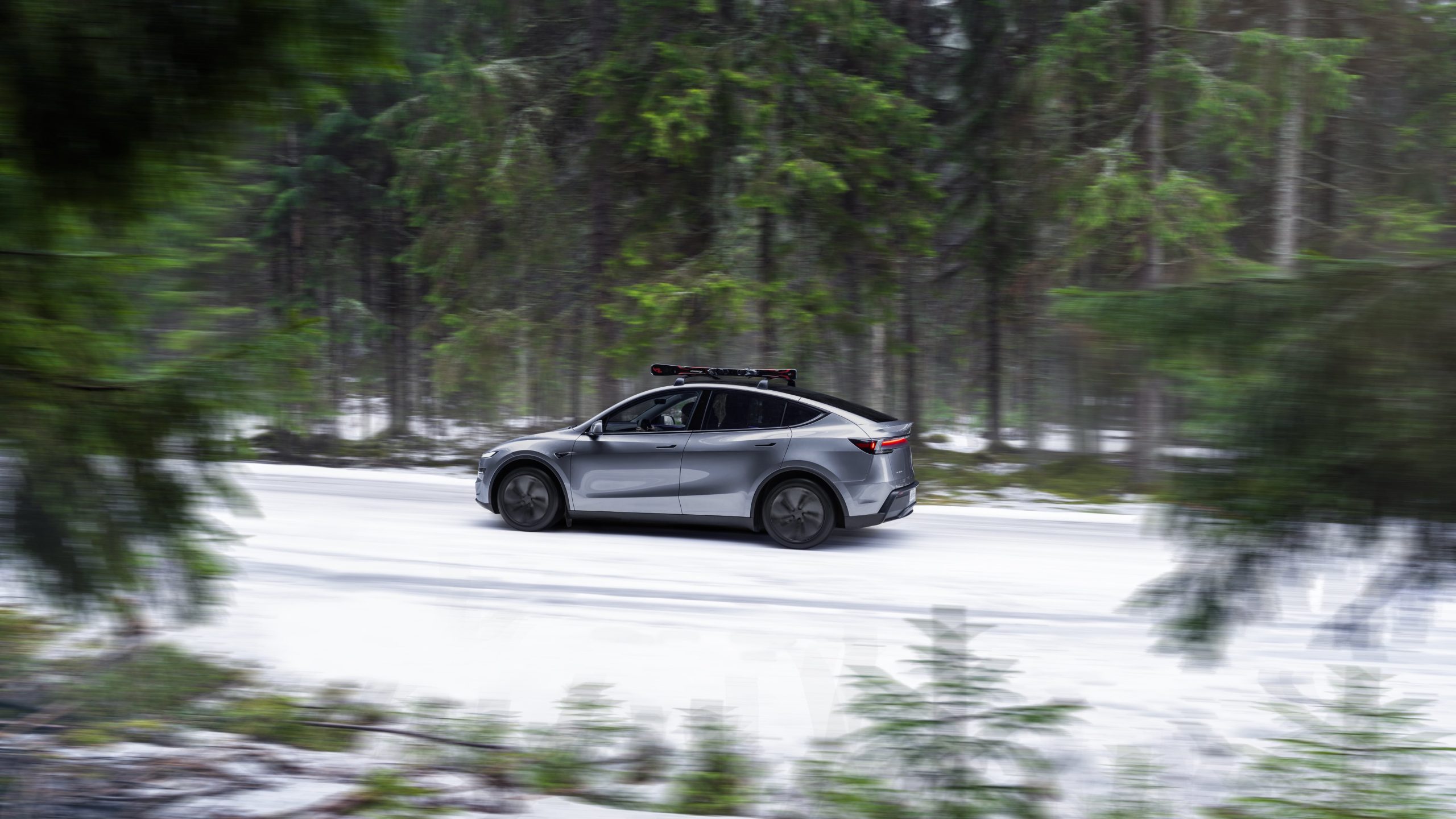
Tesla is seeing strong momentum in Norway, with sales of the new Model Y helping the company maintain dominance in one of the world’s most electric vehicle-friendly markets.
Model Y upgrades and consumer preferences
According to the Norwegian Road Federation (OFV), Tesla recorded a 54% year-over-year jump in new vehicle registrations in June. The Model Y led the charge, posting a 115% increase compared to the same period last year. Tesla Norway’s growth was even more notable in May, with sales surging a whopping 213%, as noted in a CNBC report.
Christina Bu, secretary general of the Norwegian EV Association (NEVA), stated that Tesla’s strong market performance was partly due to the updated Model Y, which is really just a good car, period.
“I think it just has to do with the fact that they deliver a car which has quite a lot of value for money and is what Norwegians need. What Norwegians need, a large luggage space, all wheel drive, and a tow hitch, high ground clearance as well. In addition, quite good digital solutions which people have gotten used to, and also a charging network,” she said.
Tesla in Europe
Tesla’s success in Norway is supported by long-standing government incentives for EV adoption, including exemptions from VAT, road toll discounts, and access to bus lanes. Public and home charging infrastructure is also widely available, making the EV ownership experience in the country very convenient.
Tesla’s performance in Europe is still a mixed bag, with markets like Germany and France still seeing declines in recent months. In areas such as Norway, Spain, and Portugal, however, Tesla’s new car registrations are rising. Spain’s sales rose 61% and Portugal’s sales rose 7% last month. This suggests that regional demand may be stabilizing or rebounding in pockets of Europe.
-

 Elon Musk2 weeks ago
Elon Musk2 weeks agoTesla investors will be shocked by Jim Cramer’s latest assessment
-

 Elon Musk2 days ago
Elon Musk2 days agoxAI launches Grok 4 with new $300/month SuperGrok Heavy subscription
-

 Elon Musk4 days ago
Elon Musk4 days agoElon Musk confirms Grok 4 launch on July 9 with livestream event
-

 News1 week ago
News1 week agoTesla Model 3 ranks as the safest new car in Europe for 2025, per Euro NCAP tests
-

 Elon Musk2 weeks ago
Elon Musk2 weeks agoA Tesla just delivered itself to a customer autonomously, Elon Musk confirms
-

 Elon Musk1 week ago
Elon Musk1 week agoxAI’s Memphis data center receives air permit despite community criticism
-

 News2 weeks ago
News2 weeks agoXiaomi CEO congratulates Tesla on first FSD delivery: “We have to continue learning!”
-

 Elon Musk1 week ago
Elon Musk1 week agoTesla scrambles after Musk sidekick exit, CEO takes over sales






